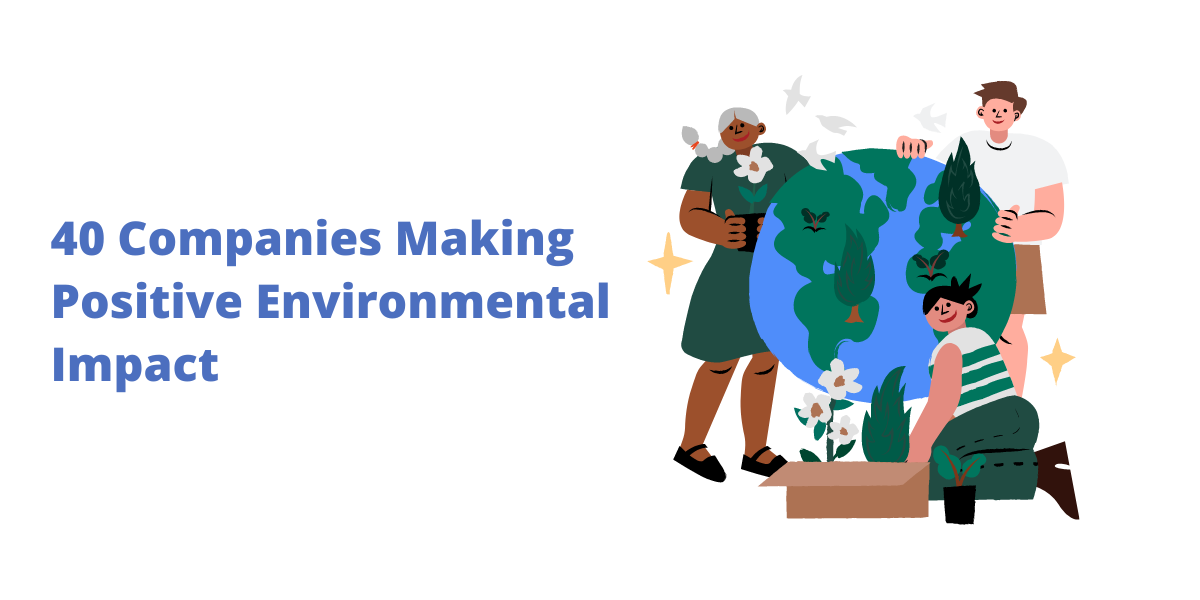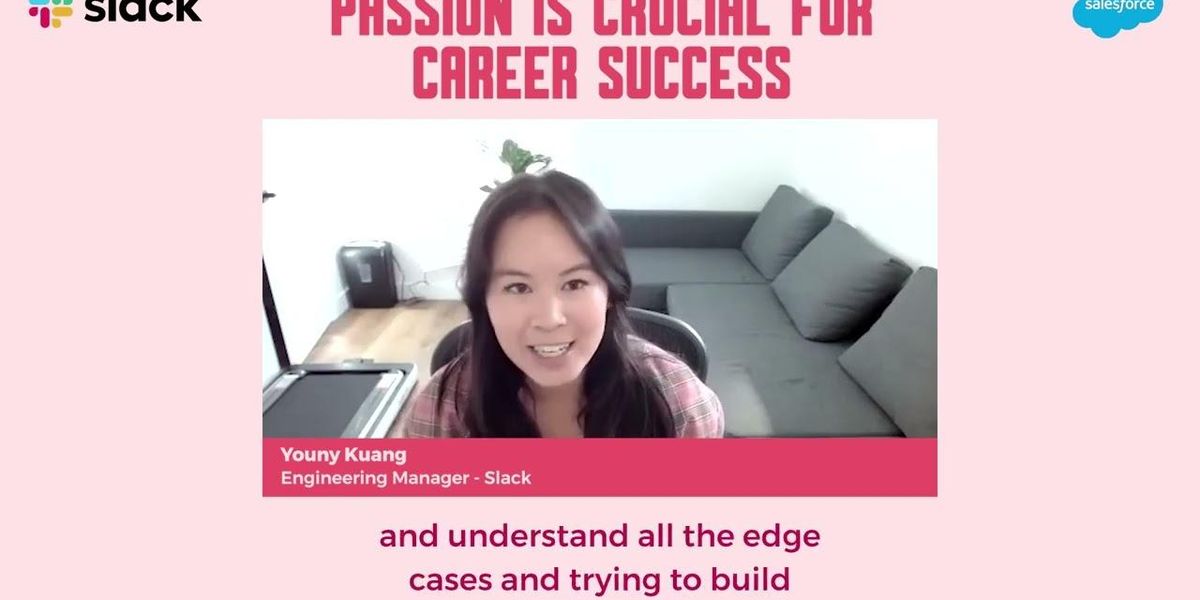Below is an article originally published on Salesforce’s blog. Visit the Salesforce company page on PowerToFly to see their open positions and learn more.
Meet Srini Tallapragada, President and Chief Engineering Officer for Salesforce. In his role, Srini leads the global engineering team to drive innovation at Salesforce.
Read on to learn about Srini’s career journey, his approach to leadership, and how Salesforce is uniquely positioned in the market with its AI + Data + CRM advantage.
What motivated you to pursue a career in engineering, and how did you get started in the tech industry?
Growing up in India, it seemed to me like if you were good in math or science, you either got into engineering or medicine. I went into engineering and picked computer science. The college I studied at had an old Russian IBM mainframe, which was a copy of the IBM 370. I got into punch card programming and assembly. By the time I finished my formal education, there was a boom in the IT industry. I came to the Bay Area in February of ‘97 and joined Oracle as an Engineer in their Server technologies division, and the rest, as they say, is history.
How do you see the future of engineering evolving, and what excites you most about the possibilities of new technology like AI?
The great thing about my job, engineering, and the tech industry is that they are constantly changing. You have to be agile. My job and the job of the engineering org is to ensure Salesforce is leading in innovation — taking all the different technologies coming in and translating them into the customer experience as we bring them along.
As things keep changing, we’ll bring our customers along in the future, in the mobile way, the social way, the cloud way, or now in the data and AI way. The most interesting part is leveraging those technologies to help our customers connect to their customers in new ways and bring them along so that they don’t need to worry about them — we worry about them.
Reflecting on your experience as a leader in the tech industry, what was the biggest challenge you faced and how did you overcome it?
Many people think technology is the biggest challenge, but it’s about the people and aligning everyone on a common goal. I always have confidence that my engineering teams will solve the technical challenges. But making the mind shift and aligning everybody has been one of my toughest challenges. The trick is to have great engineers and provide a vision big enough for them to bring all their creativity. Sometimes this means saying “no” to 100 or 99 things, so you can protect the one thing you’re focused on creating. That’s the challenge.
There are also points where you’ve got to make a leap of faith. The hardest for me was Hyperforce: this was less about the technology and more about it being hard for people to see what was around the bend. My learning as a leader is that you’ve got to explain the why, and it’s not enough to do it once. Everyone needs to understand the why and you need to have the patience to keep explaining it. For example, we couldn’t have done our fastest-growing organic innovation in Salesforce history — Data Cloud — without Hyperforce.
Can you share a personal anecdote about a time you had to take a risk to achieve a goal or make an impact in your career?
The risk is in the execution and direction. Both are equally important. The risk of direction is that it may be the wrong hill to take. It requires a lot of knowledge, a lot of scanning the environment, and a lot of learning. And of course, we still have to execute on that, and we also have to manage the execution risk.
We are now doing generative AI, and we’ve been working on it for some time. We’ve been building large language models (LLMs) and have been using them internally. From the industry, it looks big, but we are ready to make the leap of faith as we are excited about the opportunities that are ahead of us. A key part of my job is to always understand what’s happening — I ask and learn from others: other countries, other places, and other companies. So I’m always trying to scan the environment.
What is it about the combination of AI, data, and CRM that can be so powerful for businesses that Salesforce made such an investment in that technology?
I’ve been in the CRM industry for over 25 years chasing this. I call it the holy grail. The holy grail was for our Customer 360 to have personalized one-to-one experiences because everybody wants to be treated as an individual, not like a pixel or a cookie.
At Salesforce, we have all of the layers. We have the bottom infrastructure layer, Hyperforce, and we provide a data layer with Data Cloud. Then, you need applications and we have the best with our Customer 360. Add AI — both predictive AI, which is what Einstein is, and Einstein GPT, which is the generative AI — and suddenly, we have all the pieces that we alone can solve. Only we have that combination, which is why with AI + Data + CRM, we are uniquely positioned as a company in terms of our ability to execute. I’m very excited and you see that energy in our customers.
What feedback have you received from customers regarding Data Cloud and the fusion of AI + Data + CRM?
Almost every customer I’m meeting with nowadays wants to know about generative AI. AI was always happening and the new language models were there, but ChatGPT has shown what’s possible and sparked the imagination and creativity of everybody. It’s a foundational moment. Everybody wants to know how it will impact their business and how Salesforce can help bring them into the future.
Every customer has data silos, and that’s why they’re wanting to understand all of this AI, but you need data for it, which is why they want to really understand Data Cloud. But, these two by themselves won’t be complete without our applications — Customer 360 and Slack. Customers assume we will give all the power of this technology with all the right guardrails — that’s the big problem that we have to solve in an ethical, proper way.
Interested in careers at Salesforce? Join our Talent Community to stay connected.
Follow Salesforce Jobs on Twitter, Facebook, Instagram, and LinkedIn for more stories on the unique career journeys of our technology team.



